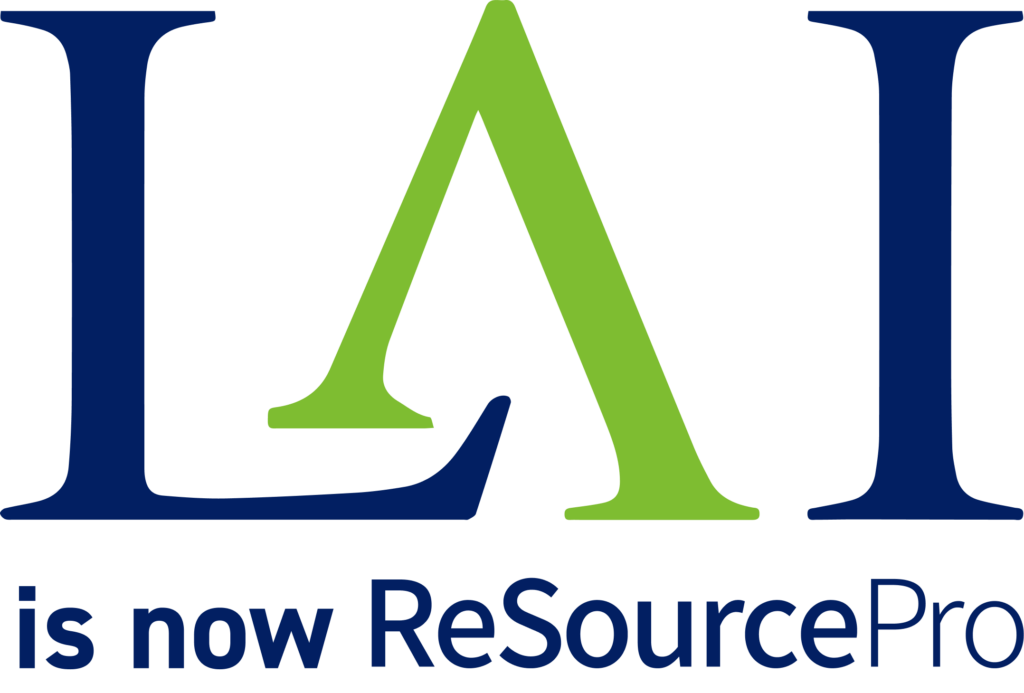FAQ’s
Lowry and Associates, Inc. (LAI), is an independent, third-party firm that provides business insurance auditing services to many insurance companies (“carriers”) across the United States. If you have received a letter from LAI, your insurance carrier has contracted LAI to complete the audit for your business insurance policy. Lowry and Associates, Inc., is not an insurance carrier or underwriter. LAI collects relevant information about a policyholder’s business operations and reports this to the insurance carrier who determines if and how this information will affect the policyholder’s policy, according to the provisions of the policy contract.
At the beginning of the policy year, you or your insurance carrier provided estimates of the premium basis (such as payroll, sales, or square footage) that would be used to calculate your insurance premiums. The audit determines if the actual payroll (or sales, or square footage, etc.) adequately reflects the estimates provided previously.
The provisions of your insurance policy constitute a contract between you and the insurance carrier. In agreeing to the terms of this contract, you also agreed to comply with any requests to complete an audit of your records for the time period during which you had insurance coverage. Failing to complete the audit violates the terms of your policy contract and is unfavorable to your business.
Yes. The carrier still has the right to audit records covering the time period when the policy was open, even if there is no current insurance coverage. This allows the carrier to determine if the estimated payroll (or sales, or square footage, etc.) calculated at the beginning of the policy period adequately reflects the actual operations of your business. Completing an audit in these situations will also ensure the carrier finalizes the policy so that it can be resolved and closed out completely.
Yes. The carrier still has the right to audit records covering the time period when the policy was open, even if the business no longer exists or if it is under new ownership. This allows the carrier to determine if the estimated risk exposure calculated at the beginning of the policy period adequately reflects the actual operations of business during that time. Completing the audit will help ensure the carrier can resolve and close out the policy completely.
Yes. The carrier still has the right to review and audit the records covering the time period when the policy was open, even if the business did not have any operations during that time.
If you have a payroll-based policy and no payroll, there is very little information needed for the audit. In order to know exactly what information to provide, please contact your assigned auditor or customer service at 435-245-9350.
It depends on the premium basis for your policy, but every audit requires contact information, a description of your business, and a list of your principals, their duties, and W2 wages. Your specific audit may also require payroll information, gross sales, gross receipts, subcontractor information, copies of certain tax records, or other data that reflects the extent of your business operations. All of this information is indicated in the forms you received in the mail. Please fill out the forms you received completely and include any information requested on the audit forms.
The Audit ID and Control ID are interchangeable terms. The audit ID/control ID can be found at the bottom or top of the letters and forms beneath a barcode.
If your policy period start date is not within 15 days of the beginning of calendar year quarter (Jan 1, Apr 1, Jul 1, Oct 1), you will need to adjust the total from your four quarterly reports so that they match the payroll for the audit period. Click here for more detailed instructions.
Note: Emailing and Faxing audit forms is the preferred method to send in audit forms. Mailing in audit forms can significantly delay the audit process.
Online: Upload your forms here or please see the online instructions in your audit letter
Email: auditforms@lowryinc.com
Fax: 1-435-245-9352
Mail: Lowry and Associates, P.O. Box 1139, Draper, UT 84020
Either upload a list of the employee here or attach it to the online forms. If there is not an attachment area in the employee section, attach it anywhere and make a note in the employee name field as to where it is attached. If an additional list is made, make sure to include all the same information requested on the audit forms.
Yes. List all principals (and their W2 wages, if requested). If your policy provides for exemption of officers or owners, we will take that into account as we process your audit report. Our report to the carrier needs to show that the principals’ wages were excluded from the premium. Any attempt to calculate your own premium basis and report that on the audit may lead to inaccuracies on your audit report.
The total in the gross payroll column should include everything –taxes, overtime, tips, bonuses, severance pay, and so forth. Do not make any deductions for overtime, tips, or anything else in this column.
Yes, an audit will still need to be completed for the current year. Audits are not done only when changes occur but are needed to determine specific exposures for the policy period audited.
No. Part of the purpose of the audit is to determine if there have been any changes since last year. This includes any changes in employees, business operations, and payroll totals. In the interest of accuracy, we cannot return information to you that was previously provided.
The policy dates are determined by the day you opened your policy. You may be able to change your future policy dates, but past policy dates cannot be changed. Contact your professional insurance agent to find out. Lowry and Associates Inc. is not an insurance carrier or underwriter and cannot change any aspects of your policy. We simply collect information about business operations and determine exposures based on classification.
No. Most carriers require one primary source of payroll and one form of verification. Payroll records/reports count as the primary source.The 941s constitute the verification of payroll information you provide on the completed audit forms. Please check over your provided audit forms to verify what exactly is requested. Verification of this information is only applicable to payroll-based audits.
This depends on the policy type and the insurance carrier. Contact your insurance agent to find out what your policy contract says regarding uninsured subcontractors.
Subcontractors are people who did work for your business as part of their own, separate business.
Non-employee laborers (a.k.a. “casual laborers”) are individuals who worked for you who did not have their own business and did not receive W2 wages. Their wages are usually reported on IRS form 1099, so they are often called “1099 employees”.
W-2 wages are a method of pay that is usually set on a schedule and listed with all other employees of the company. All W-2 wages should be listed on the audit.
A draw is conducted when a business owner ‘draws’ money from business earnings. As these draws are not listed on the 941 quarterly reports or included in the W-2 wages these figures do not need to be listed on the audit.
Once the audit has been completed, we do not have legal access to the information.
If you need a copy of a completed audit, please contact your agent for assistance.
No. Before submitting audit forms or any other records, please redact any social security numbers. If we find any social security numbers on any of the documents provided to us, we will redact that information before completing the audit.
The P&L is requested as a form of verification to indicate if subcontractors had been paid during the audit period.


